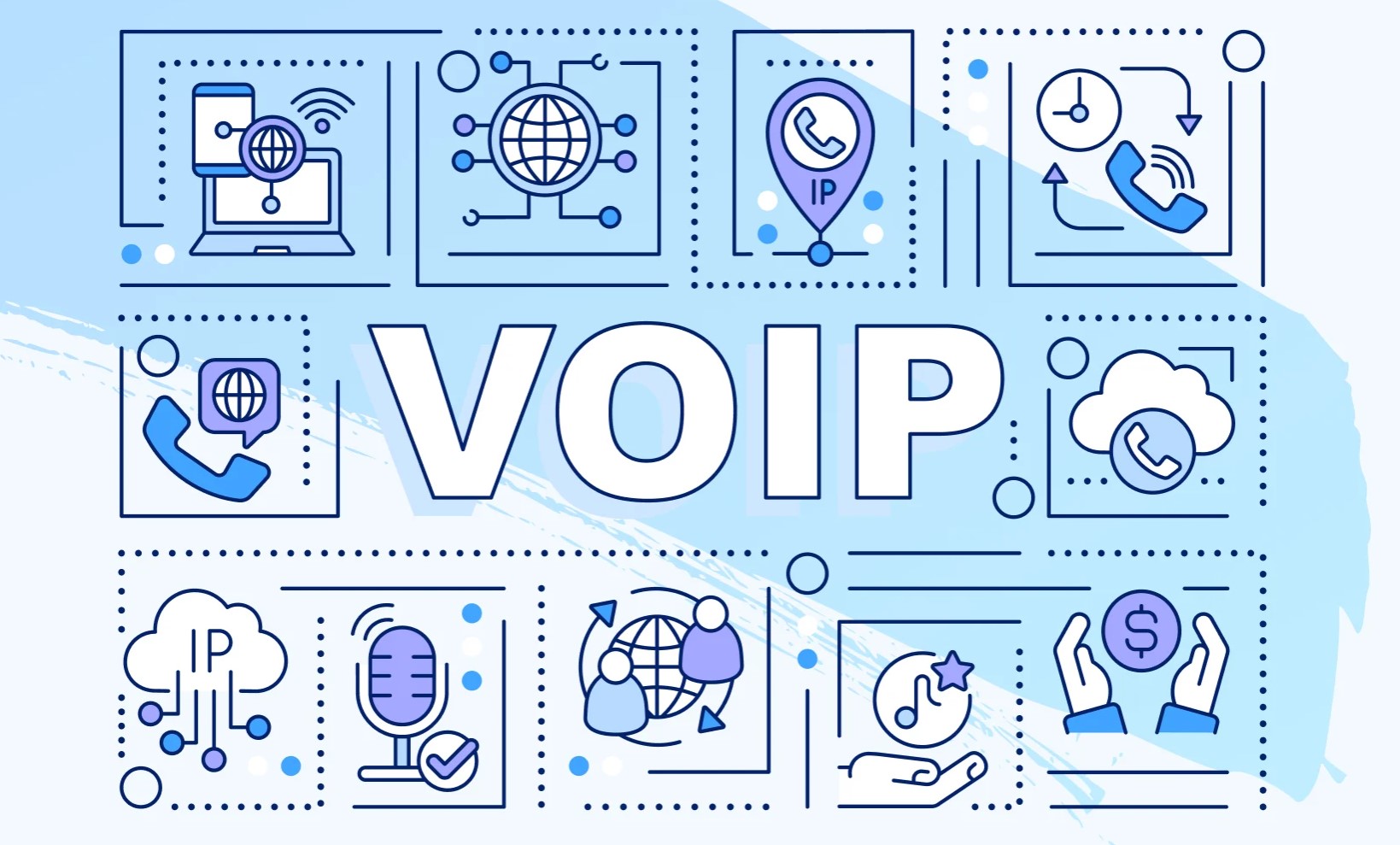VoIP tools, including the advanced feature of an auto attendant phone system, play a pivotal role in enhancing remote collaboration. By enabling seamless communication and efficient call routing, VoIP tools facilitate effective teamwork, regardless of geographical barriers. In this article, we will explore the benefits and functionalities of VoIP tools in remote collaboration.
What is VoIP?
VoIP, or Voice over Internet Protocol, is a technology that enables voice and multimedia communication over the internet rather than traditional telephone lines. Instead of using dedicated phone lines, VoIP converts voice signals into digital data and transmits them over an IP network. This allows for more flexible and cost-effective communication, especially in remote collaboration scenarios.
Benefits of VoIP
Before delving into the specific ways VoIP tools facilitate remote collaboration, let’s highlight some of the key benefits of using VoIP:
- Cost Savings: VoIP eliminates the need for expensive long-distance phone calls by leveraging internet connectivity, resulting in significant cost savings for businesses.
- Flexibility and Mobility: VoIP allows users to make and receive calls from any device connected to the internet, enabling seamless communication regardless of location.
- Scalability: VoIP systems are easily scalable, accommodating businesses of all sizes. Additional lines or extensions can be added without complex hardware installations.
- Rich Communication Features: VoIP offers a wide range of features such as call forwarding, voicemail, conference calling, and more, enhancing communication and collaboration.
VoIP Tools for Remote Collaboration
- Video Conferencing
Video conferencing is a vital tool for remote collaboration. It enables face-to-face communication, facilitating a more personal and engaging interaction between team members. With VoIP-based video conferencing tools, teams can hold virtual meetings, share screens, and collaborate on projects in real-time. This enhances communication, boosts productivity, and fosters a sense of teamwork among remote team members.
- Voice Calls
VoIP allows for high-quality voice calls over the internet. By leveraging VoIP tools, team members can make and receive calls using their computers, smartphones, or dedicated VoIP devices. This eliminates the need for traditional phone lines and enables seamless communication between team members, regardless of their location. Voice calls through VoIP are often more cost-effective, especially for long-distance or international communication.
- Instant Messaging
Instant messaging is a quick and efficient way to communicate and collaborate in real-time. VoIP tools often incorporate instant messaging features, enabling team members to exchange messages, share files, and discuss projects instantly. This enhances communication and allows for quick decision-making, even in remote collaboration scenarios.
- File Sharing
File sharing is essential for collaborative work, and VoIP tools facilitate easy and secure file sharing among team members. Whether it’s documents, images, or other files, VoIP-based collaboration platforms enable seamless sharing and version control. This ensures that everyone has access to the most up-to-date files and fosters efficient collaboration, regardless of physical distance.
- Project Management Tools
Many VoIP tools integrate project management features, providing a centralized platform for organizing and tracking tasks, deadlines, and progress. These tools enable teams to collaborate effectively, assign responsibilities, and monitor project milestones. By having project management functionalities within the VoIP platform, remote collaboration becomes streamlined, ensuring everyone stays on track and aligned with project objectives.
- Virtual Whiteboards
Virtual whiteboards are digital platforms that simulate traditional whiteboards, allowing teams to collaborate and brainstorm visually. VoIP tools often include virtual whiteboard features, enabling remote team members to draw diagrams, sketch ideas, and illustrate concepts collectively. This enhances creativity, ideation, and visual collaboration, even in geographically dispersed teams.
Challenges of Remote Collaboration
While VoIP tools greatly facilitate remote collaboration, there are a few challenges that need to be addressed:
- Internet Connection
Remote collaboration heavily relies on a stable and high-speed internet connection. In areas with limited or unreliable internet access, communication and collaboration may suffer. Ensuring a reliable internet connection is crucial for seamless remote collaboration using VoIP tools.
- Security Concerns
As remote collaboration involves sharing sensitive information and data, security is a major concern. VoIP tools need to implement robust security measures to protect communication channels and prevent unauthorized access or data breaches. Encryption and secure login procedures are essential to ensure the confidentiality and integrity of remote collaboration sessions.
- Technical Issues
Technical issues can disrupt remote collaboration and hinder productivity. Issues such as poor audio or video quality, dropped calls, or software glitches can occur. It is important to address these technical challenges promptly to maintain smooth communication and collaboration using VoIP tools.
Best Practices for Remote Collaboration
To make the most of VoIP tools for remote collaboration, consider implementing the following best practices:
- Clear Communication
Establish clear communication channels and guidelines for remote collaboration. Define preferred communication methods, response times, and etiquette to ensure effective and efficient communication among team members.
- Establishing Goals and Deadlines
Set clear goals and deadlines for projects and tasks. Clearly communicate objectives, milestones, and deliverables to keep remote team members aligned and accountable.
- Regular Check-ins and Updates
Schedule regular check-ins and updates to keep the team connected and informed. This ensures that everyone is on the same page and allows for timely feedback and problem-solving.
VoIP tools are invaluable assets for remote collaboration, enabling teams to bridge geographical distances and collaborate effectively. By leveraging the features provided by VoIP, such as video conferencing, voice calls, instant messaging, and file sharing, remote teams can communicate seamlessly and work together towards common goals. However, it is crucial to address challenges related to internet connectivity, security, and technical issues to ensure a smooth remote collaboration experience. By following best practices and utilizing VoIP tools effectively, businesses can unlock the full potential of remote collaboration and achieve enhanced productivity and success.
FAQs
- How does VoIP improve remote collaboration? VoIP improves remote collaboration by providing features such as video conferencing, voice calls, instant messaging, and file sharing, enabling seamless communication and collaboration regardless of physical distance.
- Can VoIP tools be used for international collaboration? Yes, VoIP tools can be used for international collaboration. VoIP leverages internet connectivity, making long-distance communication more cost-effective and efficient.
- Are VoIP calls secure? VoIP calls can be made secure through encryption and implementing robust security measures. It is important to choose reliable VoIP providers and follow best practices for data security.
- What are the common technical issues faced in remote collaboration? Common technical issues in remote collaboration include poor audio or video quality, dropped calls, and software glitches. Regular maintenance, updates, and troubleshooting can help address these challenges.
- What are some recommended project management tools for remote collaboration? Some recommended project management tools for remote collaboration include Trello, Asana, Basecamp, and Monday.com. These tools help in organizing tasks, tracking progress, and fostering collaboration among remote team members.


